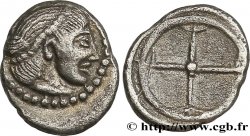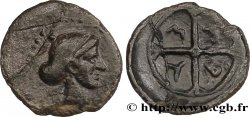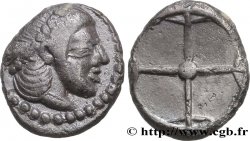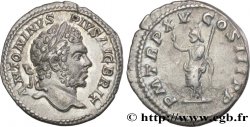bgr_461749 - SICILY - SYRACUSE Tétradrachme
недоступный.
Товар уже продан в нашем интернет-магазине (2019)
Цена: : 1 800.00 €
Товар уже продан в нашем интернет-магазине (2019)
Цена: : 1 800.00 €
Тип Tétradrachme
Дата: c. 480-475 AC.
Монетный двор / Город: Syracuse, Sicile
Металл: silver
Диаметр: 25 mm
Ориентация осей монеты: 4 h.
Вес: 17,16 g.
Редкость: R2
Комментарии о состоянии
Exemplaire sur un flan irrégulier, un peu court au droit avec une partie du grènetis visible. Joli droit. Revers de style fin, bien venu à la frappe. Patine de collection avec des reflets dorés
Ссылки в каталоге: :
Происхождение:
Cet exemplaire a été acquis en mai 1994 et provient de Conseils Placements
Лицевая сторона
Аверс: легенда: ANÉPIGRAPHE.
Аверс: описание: Bige au pas à droite, conduit par un aurige tenant les rênes et le kentron ; le bige est couronné par Niké volant à droite ; grènetis circulaire perlé.
Обратная сторона
Реверс: Описание: Tête d'Aréthuse à droite, les cheveux relevés et retenus par un diadème de perles, entourée de quatre dauphins.
Реверс: легенда: SURAKOSION
Реверс: перевод: (de Syracuse).
Комментарий
L’exemplaire de la vente sur offres 1001, n° 6 (TTB+/SUP) s’est vendu 3600€.








 Cообщить об ошибке
Cообщить об ошибке Распечатать страницу
Распечатать страницу Отправить мой выбор
Отправить мой выбор Задать вопрос
Задать вопрос Consign / sell
Consign / sell
 Информация
Информация











